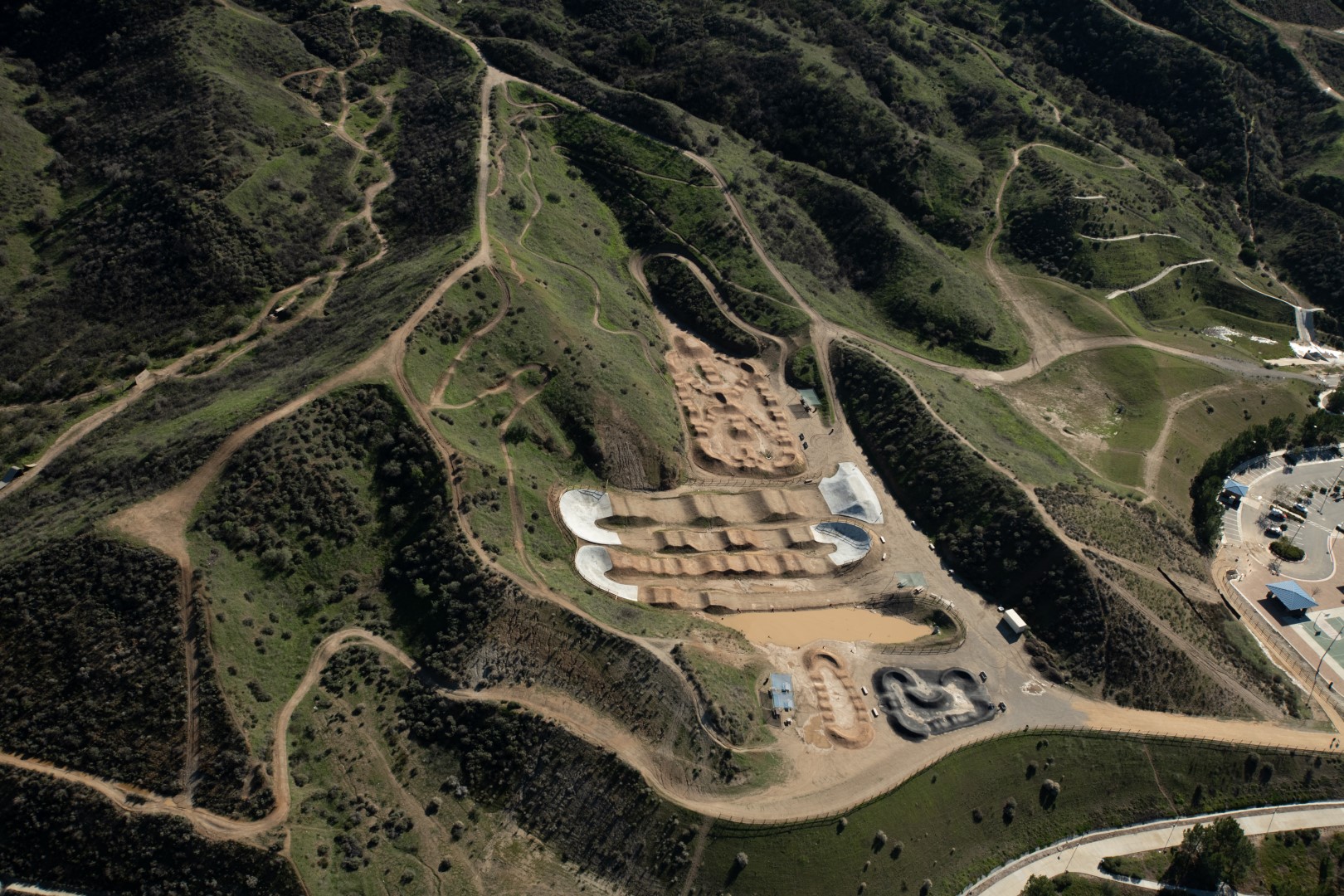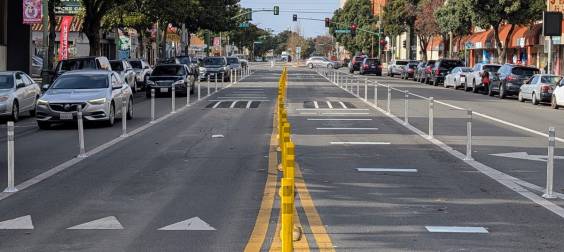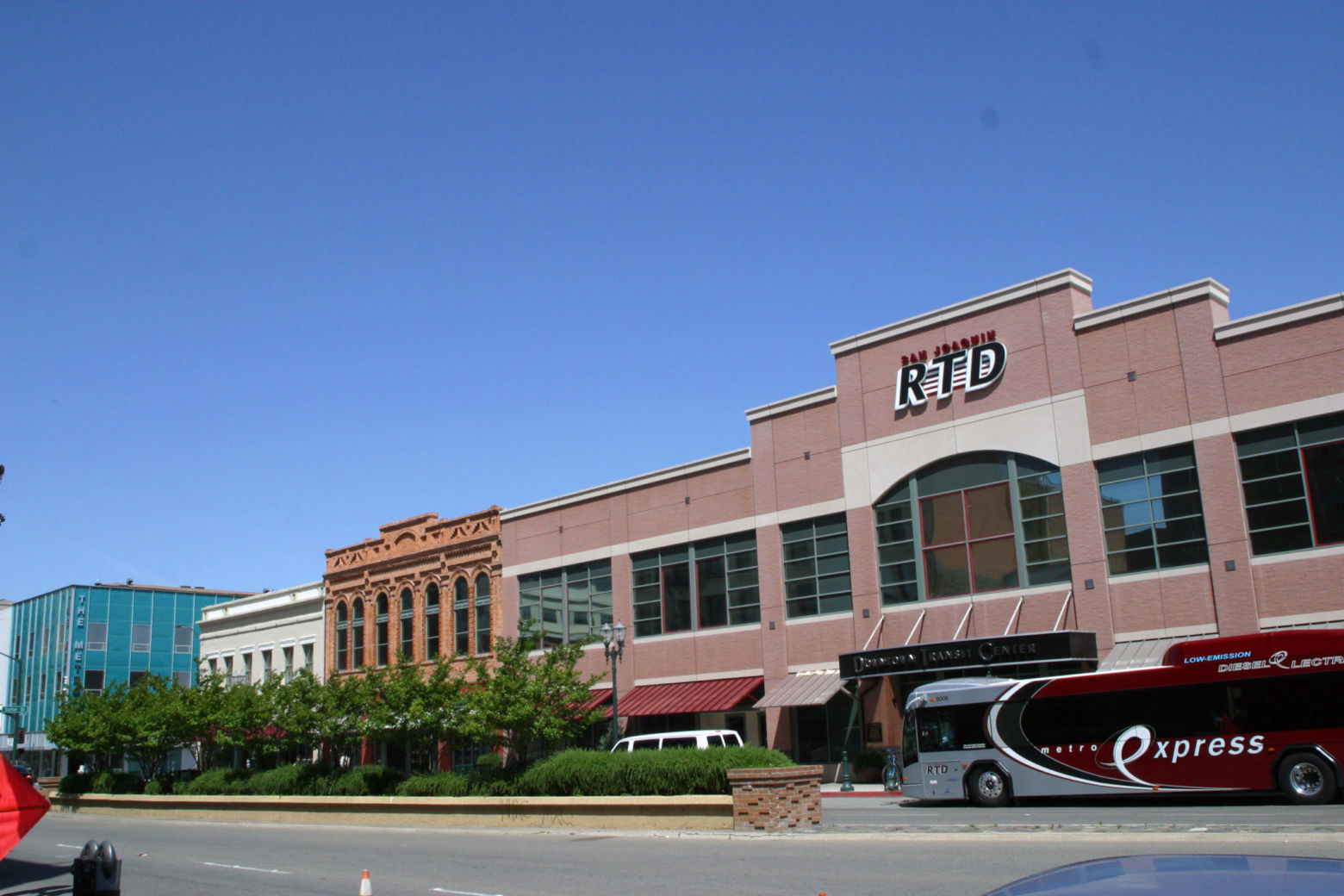Los Angeles City Councilmember Mike Bonin introduced a motion today that should result in better speed and reliability for the Metro Expo Line.
The light rail Expo Line has seen its share of controversy recently. After Metro cut peak Expo service frequency by 25 percent, riders reported overcrowding. In early September, Metro partially restored cut service by adding back two train runs. At last month's meeting of the Metro board, CEO Phil Washington announced restoration of one additional train immediately, and fully restored Expo peak hour service when the Blue Line reopens late this month. Washington also stated Metro was working on "complete signal preemption" for the Expo Line trains, which, per Washington, currently wait at thirty different traffic signals.
The lack of prioritization for L.A.'s light rail lines has long been an issue for Metro's Blue, Gold, and Expo Lines. As Curbed's Alissa Walker put it in this TransitCenter Streetfilms video, “the problem with mass transit in Los Angeles is cars.” Due to cities prioritizing drivers, Metro trains - many transporting hundreds of people - are forced to wait behind cars - many transporting one person. Similar blockages hold true for buses operating outside the region's precious few bus lanes.
There have been a few improvements in recent years - including in Long Beach, which recently added signal prioritization for the Blue Line. But the Blue and Expo Lines still slow way down primarily in and near downtown Los Angeles, where they run without grade separation.
It is difficult for Metro to solve these delays, as signal timing is the responsibility of cities. In the city of L.A. this means the Department of Transportation (LADOT.)
Councilmember Bonin is out to solve these delays, at least for the Expo Line. His motion, if approved, would direct:
LADOT to maximize signal priority for the Expo Line where it operates on streets
LADOT to report back in sixty days with the changes made, and any additional steps needed to reduce end-to-end travel times and to improve travel time reliability by 90%
The motion would also explore opportunities to upgrade L.A.'s ATSAC (Automated Traffic Surveillance and Control) systems to better support Expo, and other non-car transportation.
(Thanks to @DotKollhaas for sharing the motion via Twitter)






